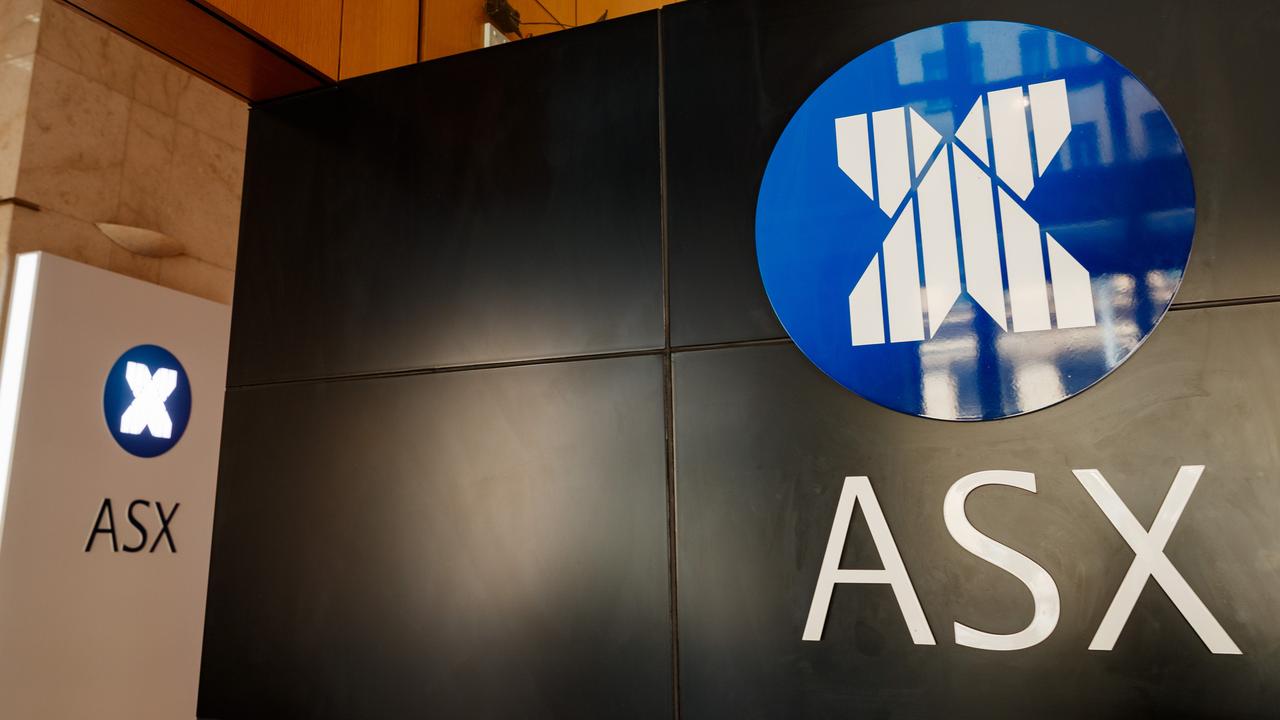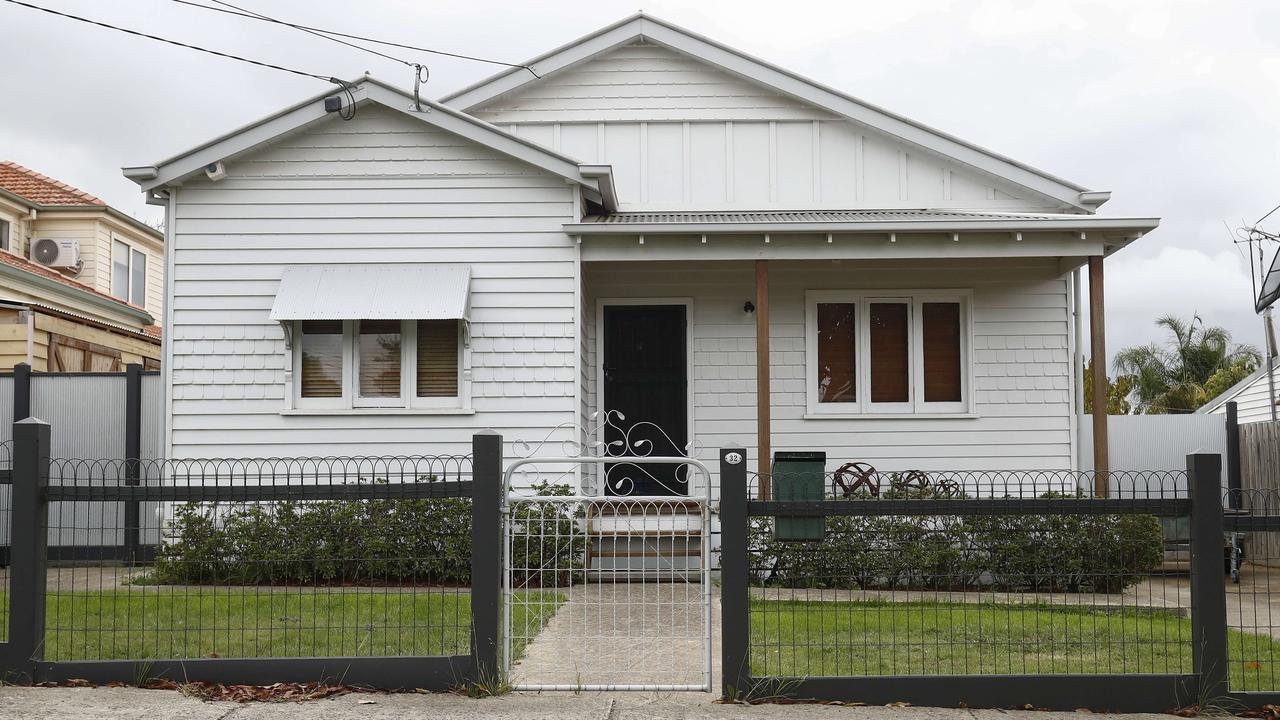Australia’s return to covid lockdowns feels like Back to the Future
Much of Australia might be back in lockdown but its position in the world is strengthened by one key factor that sets us apart.

In the popular 1980s movie trilogy Back to the Future, Christopher Lloyd and Michael J. Fox star as a mad scientist and his teenage assistant. The series chronicles their adventures through time which are made possible when a specially modified DeLorean reaches 141 km/h.
As we assess the outside world around us, it feels a lot like we have all have been given a collective ride in Marty McFly and Doc Brown’s time machine, back to the dark days of early to mid-2020.
The Chinese city of Wuhan is currently testing its entire populace for Covid-19 in order to stamp out an outbreak of the Delta variant.
South Korea and Japan are seeing record numbers of cases and restrictions remain in place.
Closer to home, things are arguably even worse than they were in the early months of the pandemic in parts of the country.
With Victoria seesawing in and out of lockdown and large swathes of New South Wales now into their seventh week of lockdown, it’s clear the nation is locked in battle with pandemic 2.0.
RELATED: If Tokyo was tough, this is terrifying
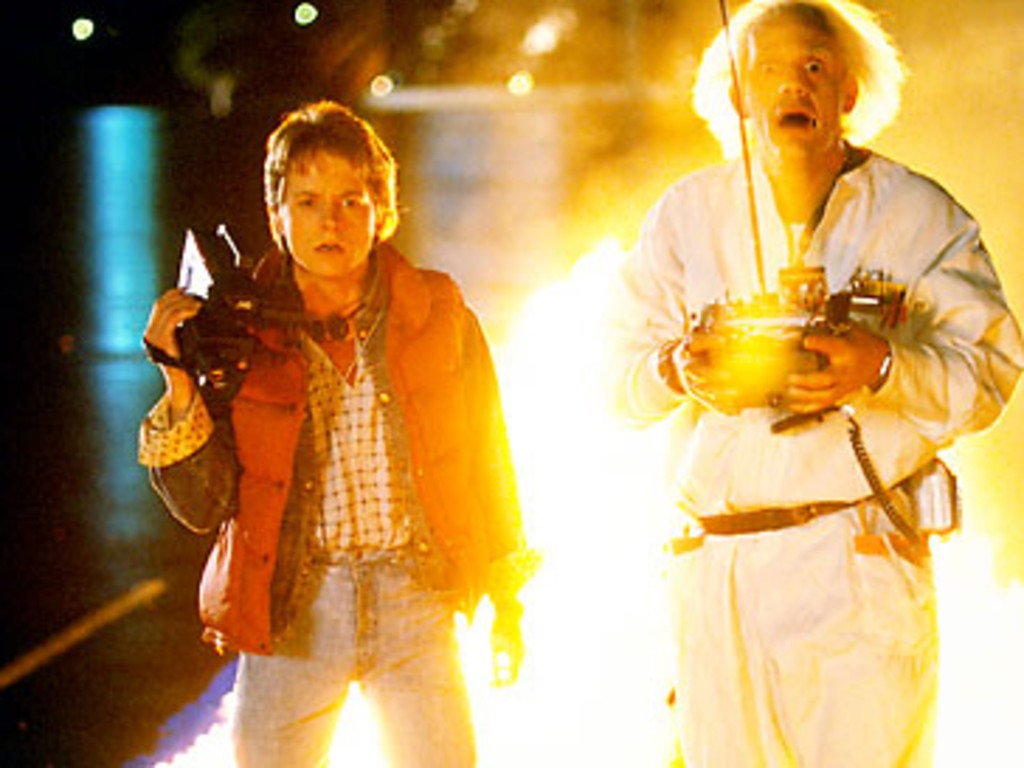
As a result, the federal government has once again stepped in with support measures for Australians impacted by lockdowns and other covid driven restrictions.
But for much of the rest of the world, things are not so simple.
Global pandemic 2.0
During the height of the pandemic last year, nations around the globe engaged in unprecedented levels of government stimulus to support their economies while they were in lockdown.
Overall, their collective efforts were successful in ensuring the world did not spiral into a second great depression in 2020, despite the worst global economic contraction in more than 80 years.
But this level of previously unheard of support came at a high cost. As of February this year, the collective borrowings of governments, households and businesses had risen by an enormous $24 trillion US dollars since the pandemic began.
RELATED: Delta rips through most vaccinated nation
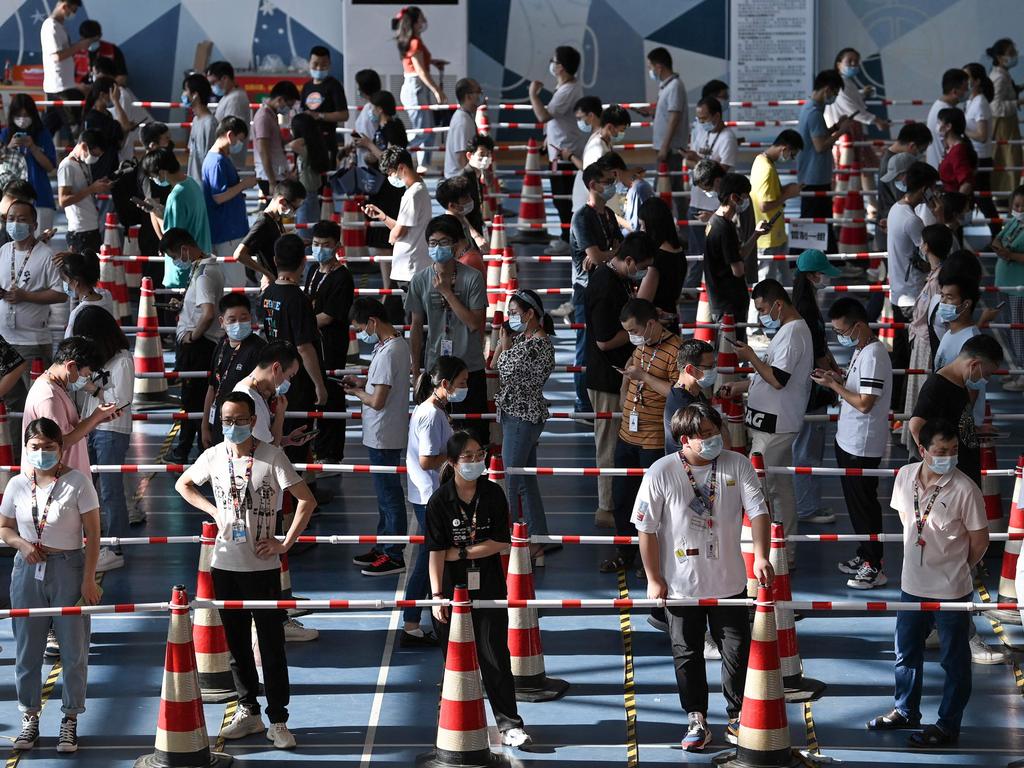
This herculean effort has left many nations in a challenging situation. While they saved their economies from the first wave of economic impacts from coronavirus, now they are confronted by another wave, which is in some cases is worse than the first.
But this time many don’t have the resources for a repeat performance of their previous stimulus plans.
Australia’s place
During the pandemic Australia’s relative fortunes have been quite the rollercoaster ride. From envy of the world enjoying ‘covid zero’ to a cautionary tale of what happens when that strategy fails.
Despite these failings, Australia is an increasingly attractive and stable safe haven from the challenges that other nations face beyond our shores.
As the long term impact of the pandemic and the economic damage becomes clear, the appeal Australia holds may continue to grow, despite the damage the ‘Fortress Australia’ approach to the pandemic may have done to the nation’s international reputation.
RELATED: Covid cases up 200 million worldwide
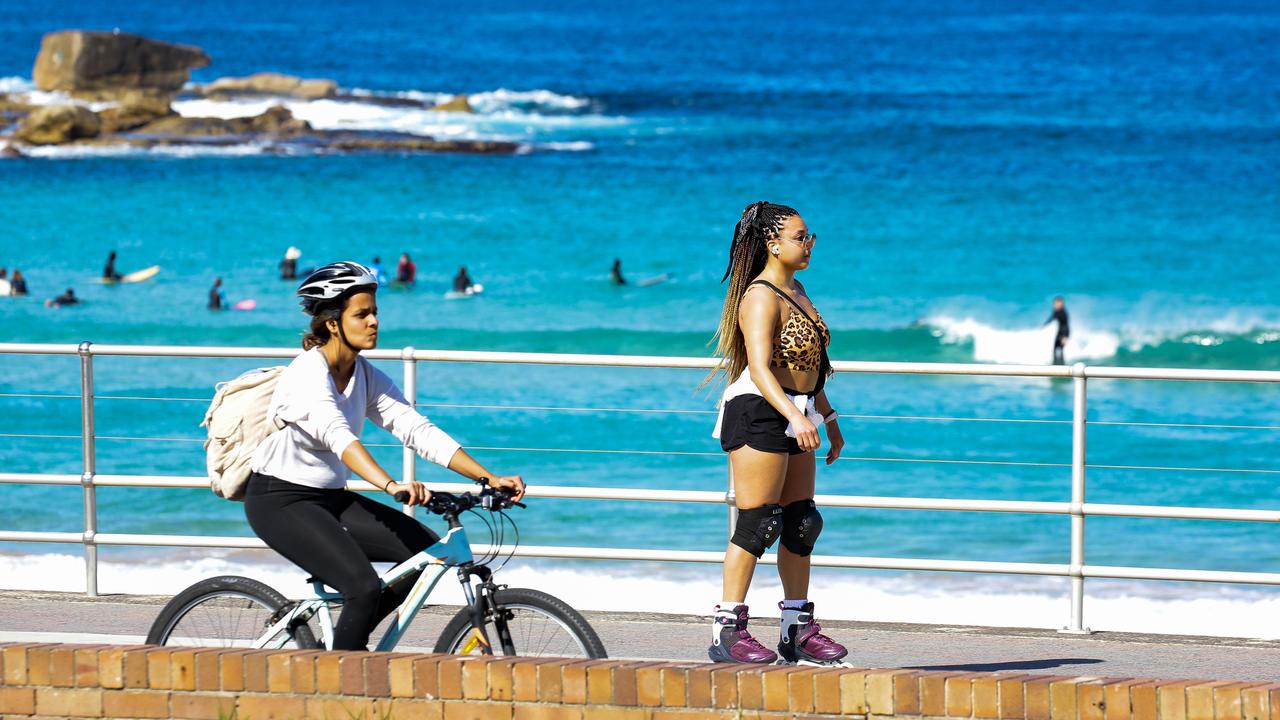
The China factor
In the wake of the global financial crisis, strong stimulus driven growth helped propel Australia and much of the rest of the world out of the economic doldrums.
The months following the pandemic were no different, as Beijing once again pulled its most favoured economic lever, construction-led stimulus programs.
But as Chinese cities return to lockdown, mass testing is done by the tens of millions and travel is increasingly restricted, the traditional Chinese response of a construction driven economic stimulus is no longer the easy choice it once was.
With commodity prices sitting near record highs and Beijing already attempting to suppress further price rises, another large-scale construction driven stimulus program risks sending commodity prices to dizzying new heights while stoking concerns about Chinese inflation.
A return to lockdown?
With nations in all four corners of the globe still in lockdown, even in countries with high vaccination rates, there are concerning signs that covid restrictions and even lockdowns could potentially return.
In Israel, one of the first nations to vaccinate a majority of its adult population, a recent Delta variant driven increase in cases and hospitalisations has prompted rising levels of concern from the Israeli government.
On Monday, Israeli Prime Minister Naftali Bennett presented his cabinet with a document stating that “more severe restrictions, including a lockdown” could be imposed if current steps to contain the ongoing outbreak were unsuccessful.
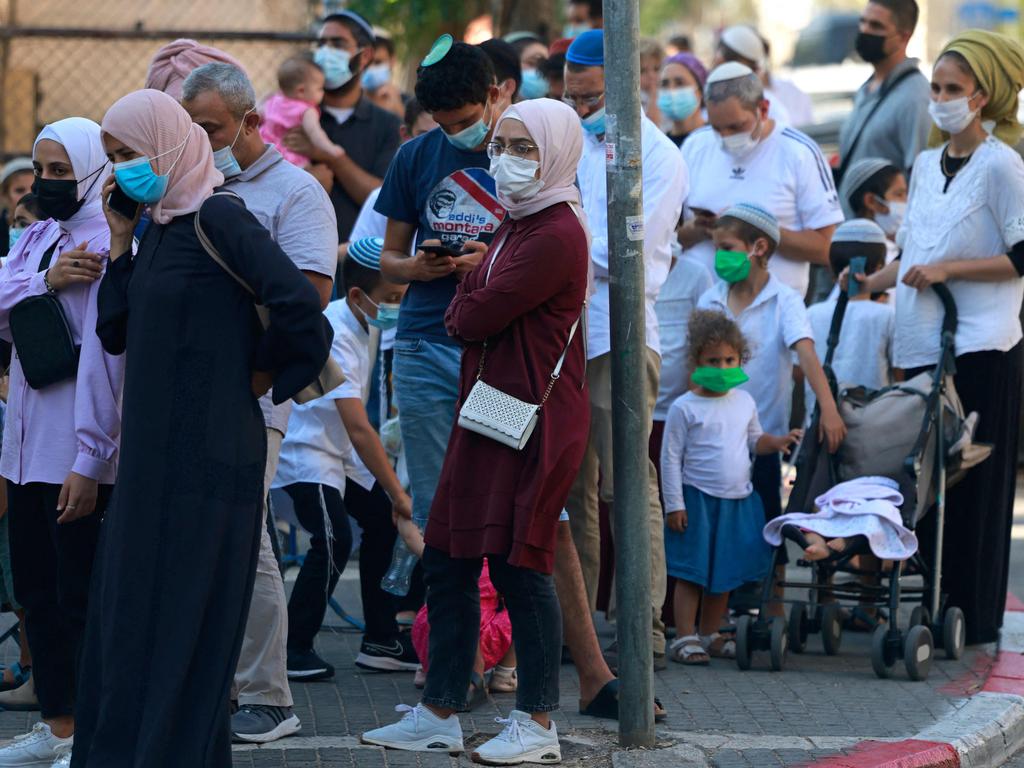
The United States is also battling an outbreak of the Delta variant amid a world leading vaccination rate. When President Joe Biden was recently asked if new restrictions would be required to contain the spread of the virus he replied, “in all probability”.
While it’s hoped that vaccines prove sufficiently effective that lockdowns are unnecessary, the next few months will prove crucial in confirming whether or not that will be the case.
Back to the future
Going forward, the outlook remains clouded with uncertainties that can only be fully answered with time.
With new virus variants continuing to arise and the damage to the global economy done by the pandemic still obscured by government stimulus programs, knowing for certain what comes next is something only a time traveller could do.
In 2020 we wished for 2021 to come, to bring better days. Perhaps we would have been better off wishing for Doc and Marty McFly to take us on a trip to good old 2019.
Tarric Brooker is a freelance journalist and social commentator | @AvidCommentator


